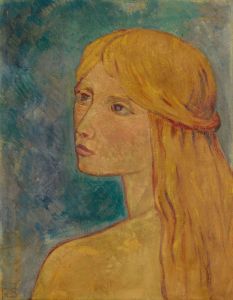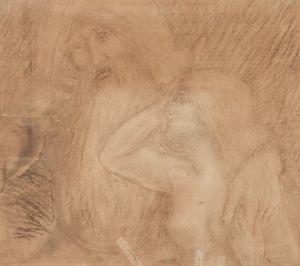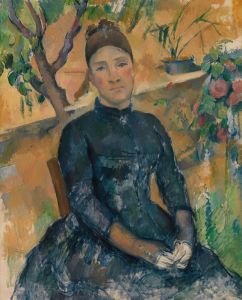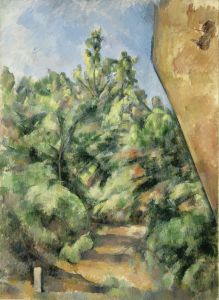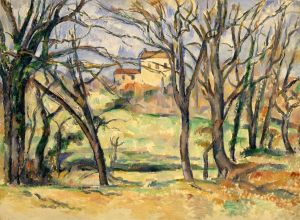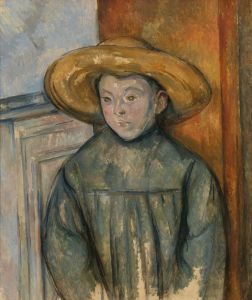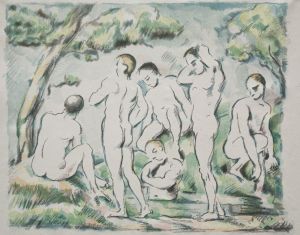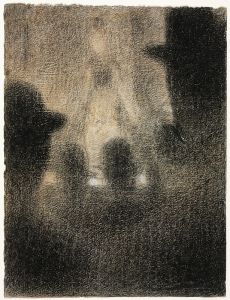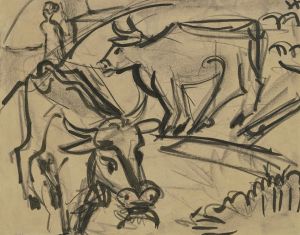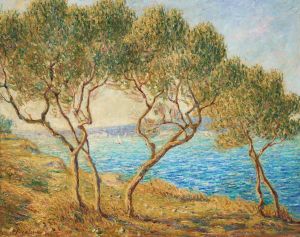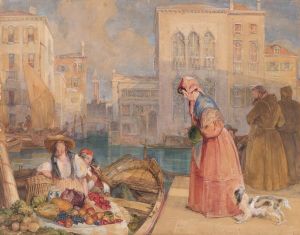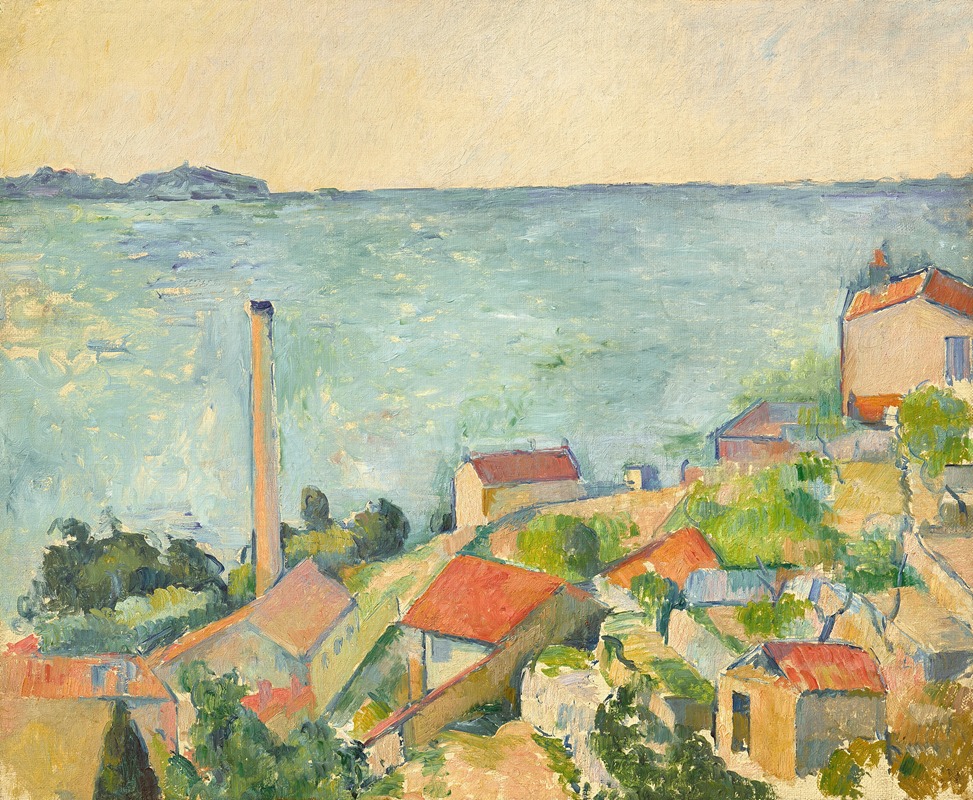
La mer à l’Estaque
A hand-painted replica of Paul Cézanne’s masterpiece La mer à l’Estaque, meticulously crafted by professional artists to capture the true essence of the original. Each piece is created with museum-quality canvas and rare mineral pigments, carefully painted by experienced artists with delicate brushstrokes and rich, layered colors to perfectly recreate the texture of the original artwork. Unlike machine-printed reproductions, this hand-painted version brings the painting to life, infused with the artist’s emotions and skill in every stroke. Whether for personal collection or home decoration, it instantly elevates the artistic atmosphere of any space.
Paul Cézanne's "La mer à l’Estaque" is a notable work by the French Post-Impressionist painter, created around the late 19th century. This painting is part of Cézanne's series of landscapes depicting the area around L'Estaque, a small village near Marseille in the south of France. Cézanne frequently visited L'Estaque and was captivated by its picturesque scenery, which became a significant source of inspiration for his work.
Cézanne's approach to painting landscapes was revolutionary for his time. He sought to capture the underlying structure and form of the natural world, moving away from the fleeting effects of light and color that characterized Impressionism. In "La mer à l’Estaque," Cézanne employs a distinctive use of color and brushwork to convey the essence of the Mediterranean landscape. The painting features a view of the sea, framed by the rugged terrain and lush vegetation typical of the region.
The composition of "La mer à l’Estaque" reflects Cézanne's interest in geometric forms and spatial relationships. He often used simplified shapes and planes to depict the natural environment, creating a sense of depth and solidity. This approach can be seen in the way he renders the hills and the sea, using broad, flat areas of color to suggest volume and distance. Cézanne's technique of building up the surface with layers of paint adds a tactile quality to the work, inviting viewers to engage with the painting on a sensory level.
Cézanne's work at L'Estaque marked a critical period in his artistic development. It was during this time that he began to move away from the more fluid and spontaneous style of the Impressionists, towards a more structured and analytical approach. This shift is evident in "La mer à l’Estaque," where the emphasis is on the enduring qualities of the landscape rather than the transient effects of light and atmosphere.
The painting is also significant for its influence on the development of modern art. Cézanne's exploration of form and color had a profound impact on subsequent generations of artists, particularly the Cubists. Artists like Pablo Picasso and Georges Braque were inspired by Cézanne's ability to break down natural forms into geometric shapes, paving the way for the abstract art movements of the 20th century.
"La mer à l’Estaque" is housed in various collections, with different versions and studies of the scene existing in museums around the world. Cézanne's work continues to be celebrated for its innovative approach and its role in bridging the gap between 19th-century Impressionism and 20th-century modernism.
In summary, "La mer à l’Estaque" exemplifies Paul Cézanne's unique vision and his contribution to the evolution of art. Through his depiction of the L'Estaque landscape, Cézanne not only captured the beauty of the French countryside but also laid the groundwork for new ways of seeing and representing the world.





